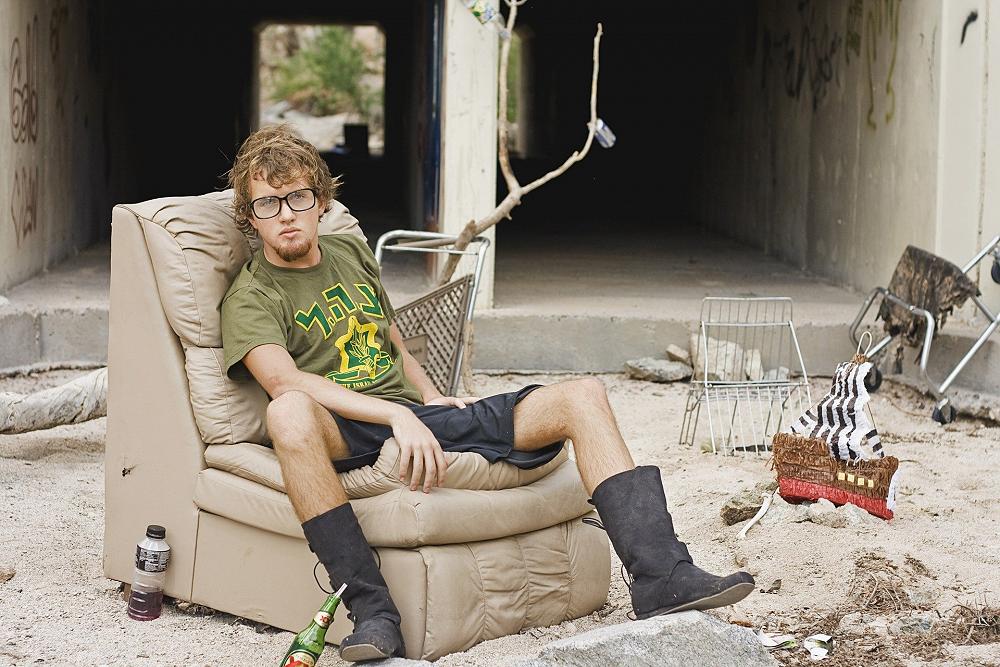
He Whakaaroaro
Preface: The kupu whakapuare, opening words of this reflection are a continuation of the Pā harakeke series. The pā harakeke remains a powerful symbol for describing our human behaviours and relationships in community.
Whakatupu tangata
Whakatupu kaimahi te kī a Ihu
Tōna aronga nui te hunga ririki me te hunga iti rawa e!
It is easy to find amongst our many whakatauākī, proverbial sayings, illustrations of how caring for the whole whānau is paramount. In Aotearoa as church, we are facing many new challenges and we find the common ground to connect and bring us together with others who share similar goals of care for vulnerable communities.
Reflection: Te Hunga Iti rawa
Jesus’ ministry spoke largely of providing a service to others (Mark 10: 43 – 45). He set out to challenge and eradicate the impoverished and marginalised social conditions he witnessed firsthand. Likewise, Wesley’s teachings sought to move us beyond our thinking of personal holiness towards social holiness; a social commitment and responsibility inclusive and embracing of all in our society.
Whānau who sit at the coal face of the effects of colonization, te hunga iti rawa the vulnerable amongst us are those whose voices have been marginalised and ignored by government agencies. This form of institutional and structural racism and violence is experienced by many vulnerable whānau living in our communities. In our discerning of the word and grace of God, it is fundamental that we ask of ourselves how does the theology we proclaim and embody serve te hunga iti rawa today?
In the April Enabling Ministry Team wananga intensive, conducted online, we touched upon our Te Taha Māori goals. As we started to unpack the meanings for us it was necessary to draw upon our understandings of the church Mission Statement and revisit our church’s key social principles. To gain a greater picture of the Te Taha Māori story we drew from our Te Taha Māori history reflecting upon the ways we have sought to care for vulnerable communities and asking what further can be done?
Our concern for the rising numbers of rangatahi, taitamariki, mokopuna, te hunga ririki me te hunga iti rawa young and vulnerable experiencing hardship in our communities redirects our attention and capacity for action. In revisiting our Te Taha Māori goals we see how we might make our voice relevant for te hunga ririki me te hunga iti rawa today and into the future.
Embedded in our thinking is how we might give effect to constitutional arrangements for our church based on our tikanga, He Whakaputanga o te Rangatiratanga o Niu Tireni of 1835, Te Tiriti o Waitangi of 1840, and inclusive of the United Nations Declaration of the Rights of Indigenous People. Other indigenous human rights instruments may provide further offerings for us to consider as we continue to gage a contemporary re-reading of our Te Taha Māori goals.
